OUR STATE OF THE ART SPACESHIPS WHERE’S JOURNEY BEGAINS
OUR STATE OF THE ART SPACE SHIPS ARE FOLLOWING:
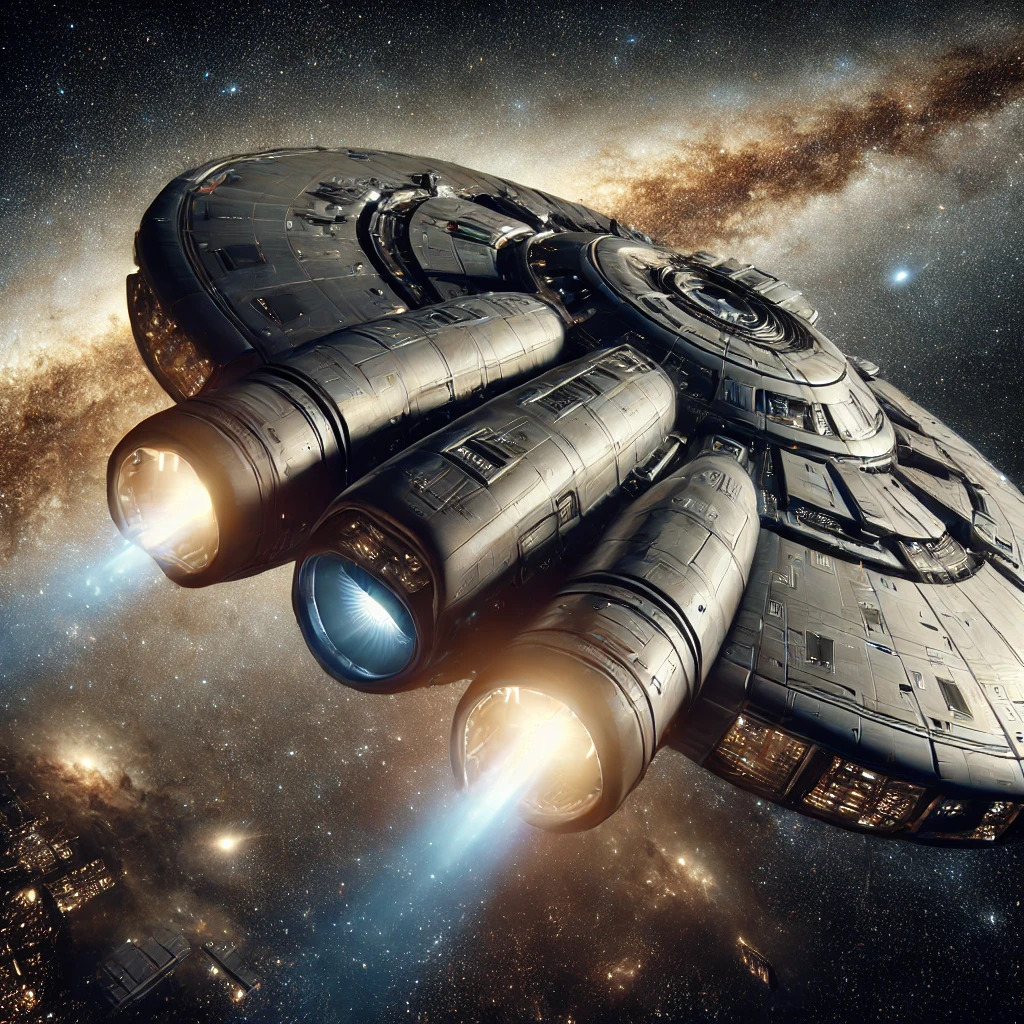
SpaceX Starship IFT-3
Design and Capabilities
SpaceX Starship IFT-3: SpaceX continues testing its Starship space planets craft, which aims to make interplanetary travel, including trips to , a reality. The upcoming Integrated Flight Test 3 (IFT-3) is planned to test critical technologies for long-duration missions, such as in-orbit refueling, which is pivotal for reducing fuel constraints during deep-space travel.
Apollo 11
Type: Crewed lunar lander
Crew: Neil Armstrong, Edwin “Buzz” Aldrin, Michael Collins
Mission: First manned mission to land on the Moon
Spacecraft Dimensions: 11.4 meters (37.4 feet) tall, 4 meters (13.1 feet) diameter
Propulsion: Saturn V rocket
Speed: Up to 40,200 km/h (25,000 mph)
Range: Lunar orbit and landing
Payload: Lunar Module, astronauts, and scientific instruments

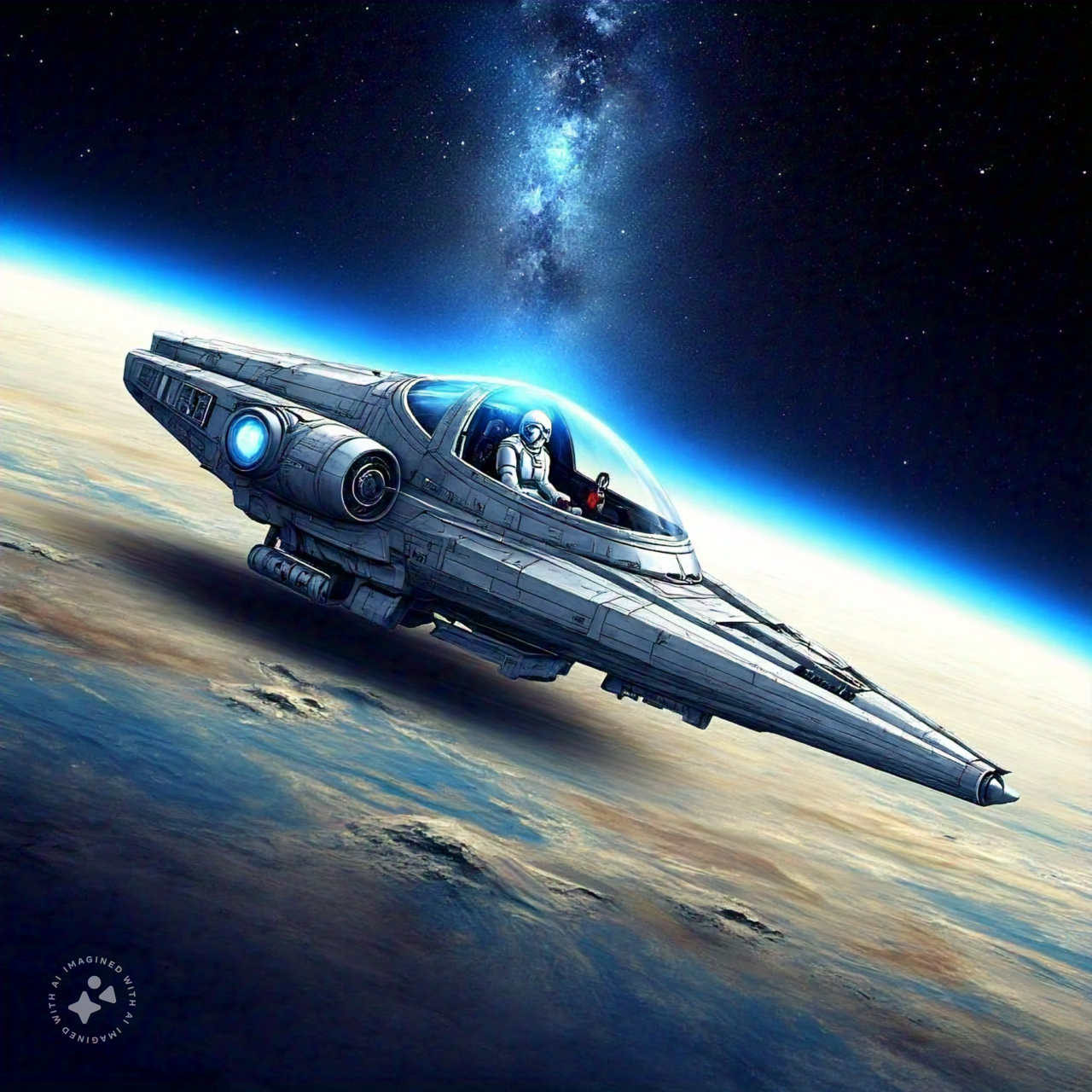
International Space Station (ISS)
Type: Modular space station
Crew: Rotating international crew of 6-7 astronauts
Mission: Ongoing scientific research and development
Spacecraft Dimensions: 109 meters (357.6 feet) long, 73 meters (239.5 feet) wide, 27.4 meters (90 feet) high
Propulsion: Orbital maneuvering system
Speed: 27,400 km/h (17,000 mph)
Range: Low Earth orbit
Payload: Scientific experiments, cargo, and astronauts
SpaceX Dragon
Type: Reusable cargo spacecraft
Crew: None (cargo only) or up to 7 astronauts (crewed version)
Mission: Resupply the ISS and other low-Earth orbit destinations
Spacecraft Dimensions: 7.2 meters (23.6 feet) tall, 3.6 meters (11.8 feet) diameter
Propulsion: Falcon 9 rocket
Speed: Up to 27,400 km/h (17,000 mph)
Range: Low Earth orbit
Payload: Cargo, scientific experiments, and astronauts

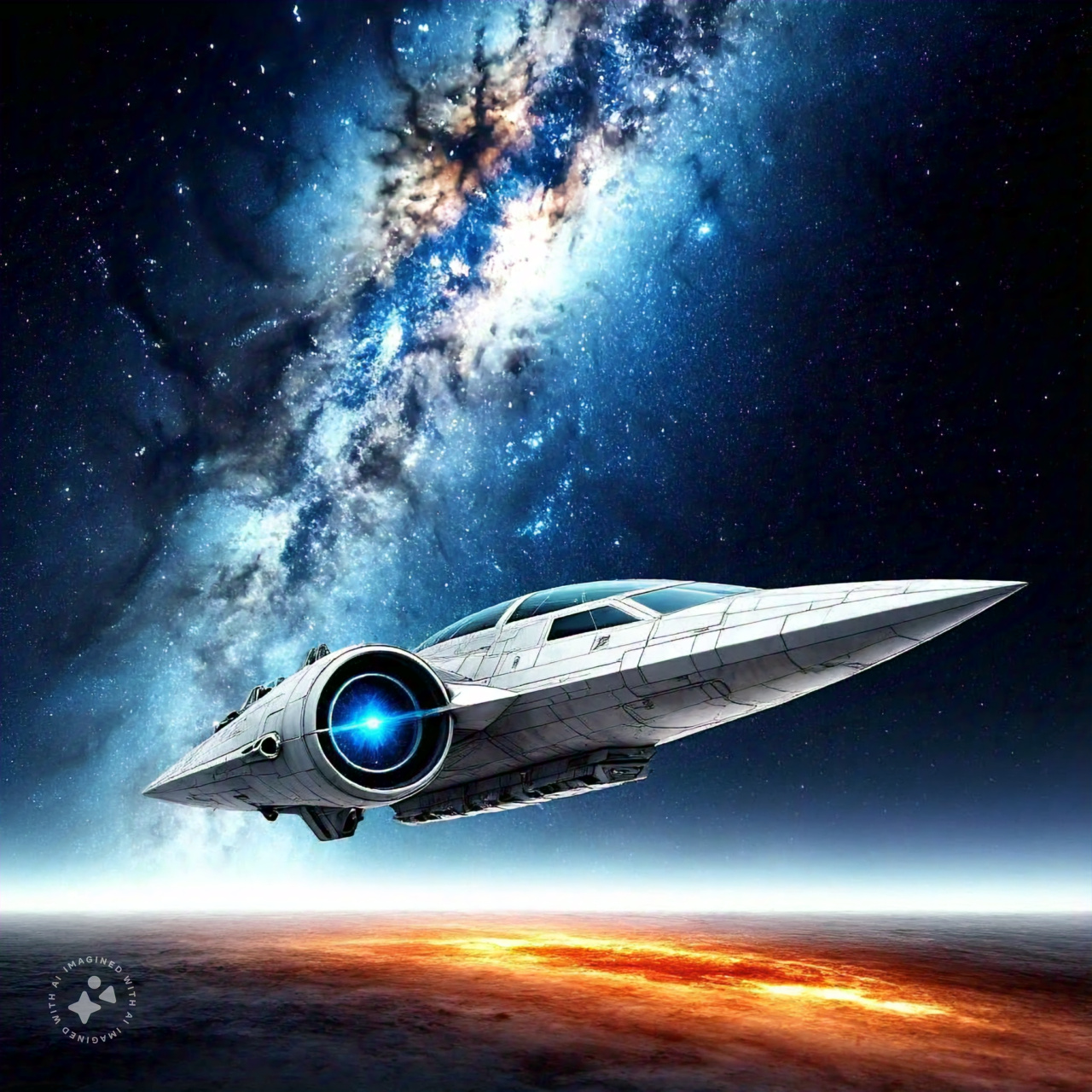
NASA Artemis
Type: Crewed lunar lander
Crew: Up to 4 astronauts
Mission: Return humans to the lunar surface
Spacecraft Dimensions: 12.2 meters (40 feet) tall, 5.2 meters (17 feet) diameter
Propulsion: Space Launch System (SLS) rocket
Speed: Up to 40,200 km/h (25,000 mph)
Range: Lunar orbit and landing
Payload: Astronauts, scientific instruments, and lunar landing module
Aurora
Type: Crewed interplanetary explorer
Crew: 6 astronauts
Mission: Explore the Martian surface and search for signs of life
Spacecraft Dimensions: 15 meters (49.2 feet) tall, 5.5 meters (18 feet) diameter
Propulsion: Nuclear-powered propulsion system
Speed: Up to 150,000 km/h (93,200 mph)
Range: Interplanetary space
Payload: Astronauts, scientific instruments, and Martian landing module
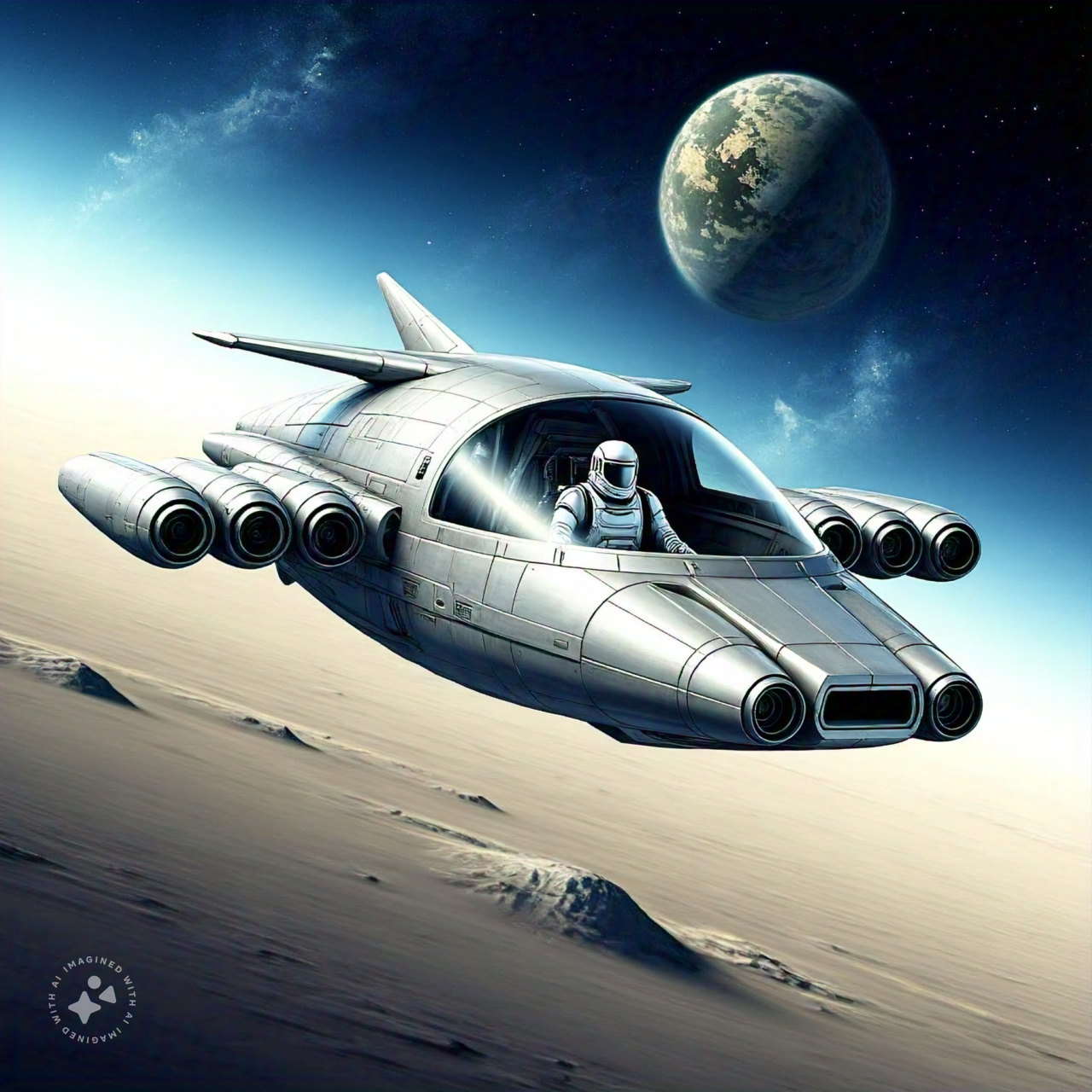
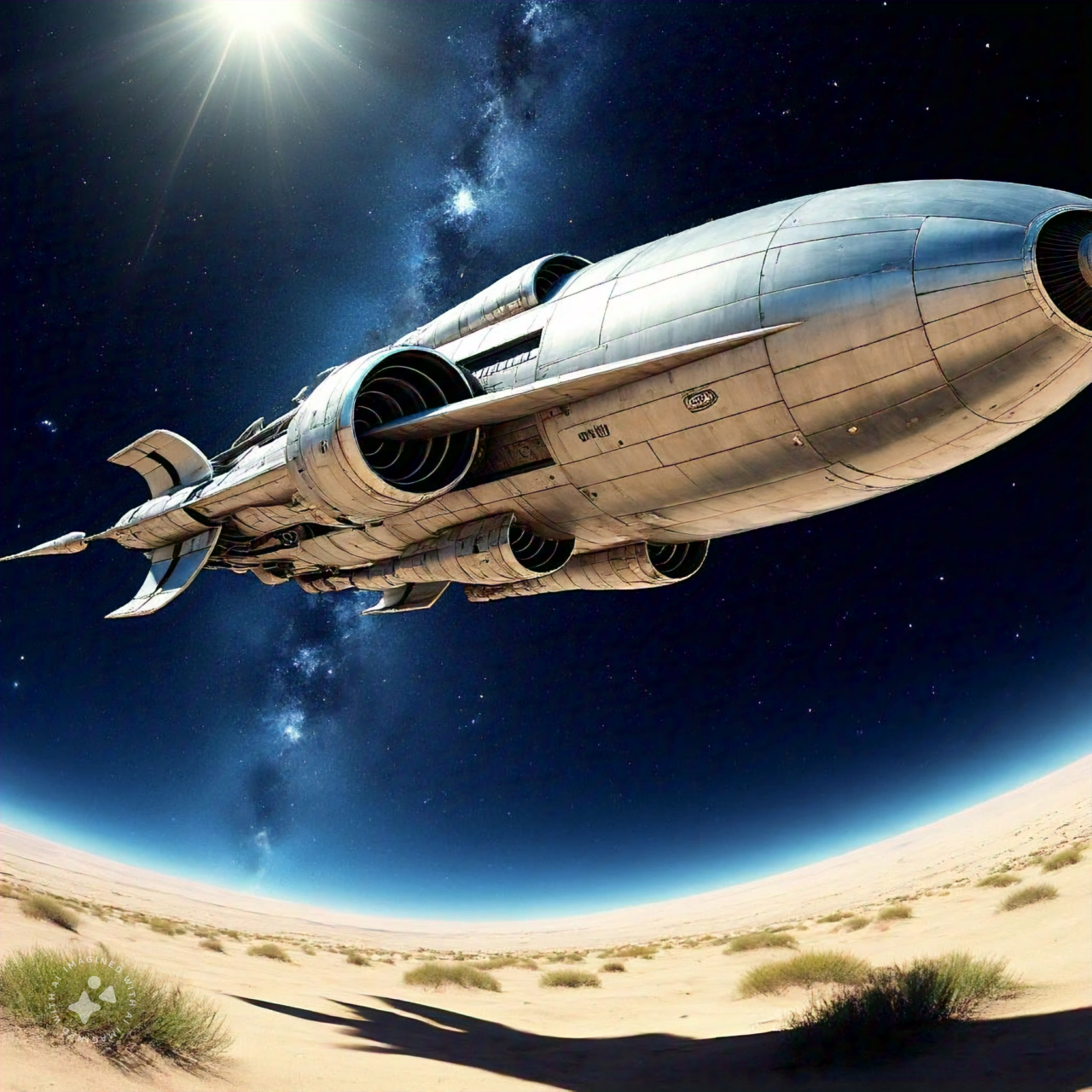
Celestial Horizon
Type: Modular space station
Crew: Rotating international crew of 8 astronauts
Mission: Conduct scientific research and development in low Earth orbit
Spacecraft Dimensions: 120 meters (393.7 feet) long, 80 meters (262.5 feet) wide, 30 meters (98.4 feet) high
Propulsion: Advanced ion engines
Speed: Up to 30,000 km/h (18,640 mph)
Range: Low Earth orbit
Payload: Scientific experiments, cargo, and astronauts
Starblade
Type: Reusable cargo spacecraft
Crew: None (cargo only) or up to 5 astronauts (crewed version)
Mission: Resupply the Celestial Horizon space station and other low-Earth orbit destinations
Spacecraft Dimensions: 10 meters (32.8 feet) tall, 4 meters (13.1 feet) diameter
Propulsion: Advanced liquid-fueled rocket engine
Speed: Up to 25,000 km/h (15,530 mph)
Range: Low Earth orbit
Payload: Cargo, scientific experiments, and astronauts
